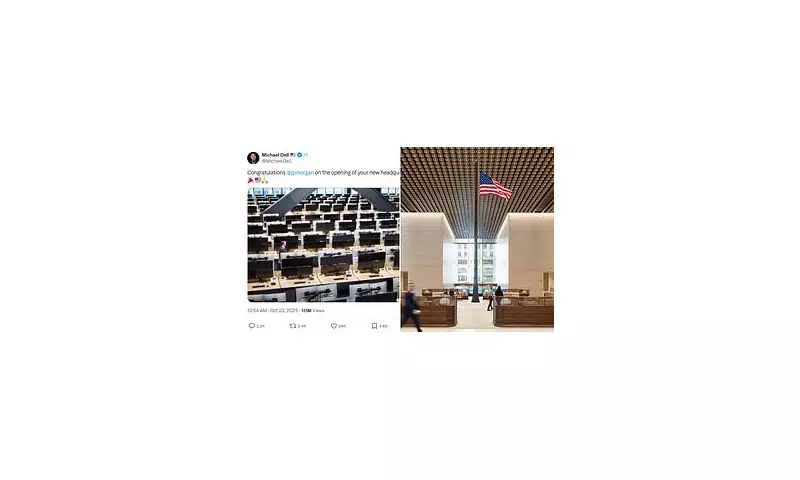
JPMorgan Chase's monumental new $3 billion headquarters on Park Avenue is sparking intense debate across New York City, with critics branding the 60-storey skyscraper a 'dystopian fortress' that prioritises security over aesthetic appeal.
The Architectural Behemoth Dividing Manhattan
Rising dramatically above Midtown Manhattan, the banking giant's new home replaces the previous 1960s structure with a glass-clad tower that's drawing comparisons to everything from a supervillain's lair to a high-security prison. The building's sheer scale and imposing presence have become talking points among architects and New Yorkers alike.
Features Fueling the Controversy
The design incorporates several elements contributing to its divisive reception:
- Fortress-like appearance with minimal ground-level engagement
- Controversial window design that appears opaque from certain angles
- Massive scale dominating the Park Avenue streetscape
- Limited public space integration compared to contemporary corporate buildings
Public Reaction and Social Media Mockery
New Yorkers haven't held back their opinions, with social media platforms buzzing with criticism. One particularly viral post described the structure as 'the most dystopian building I've ever seen,' while others questioned whether it represents the future of corporate architecture or a step backward in urban design.
The building's aesthetic has been compared to various fictional dystopian settings, with some commentators suggesting it resembles locations from popular science fiction films and television series depicting bleak future societies.
JPMorgan's Vision Versus Public Perception
While the public reaction has been largely critical, JPMorgan executives maintain the building represents their commitment to New York City and their vision for the future of workplace design. The tower incorporates state-of-the-art technology and sustainable features, though these aspects appear overshadowed by the architectural controversy.
The disconnect between corporate messaging and public perception highlights the challenges facing modern architectural projects, particularly for financial institutions balancing security concerns with civic responsibility.
As Manhattan's skyline continues to evolve, JPMorgan's new headquarters serves as a striking example of how corporate architecture can become a lightning rod for broader discussions about urban aesthetics, corporate identity, and the future of city living.





